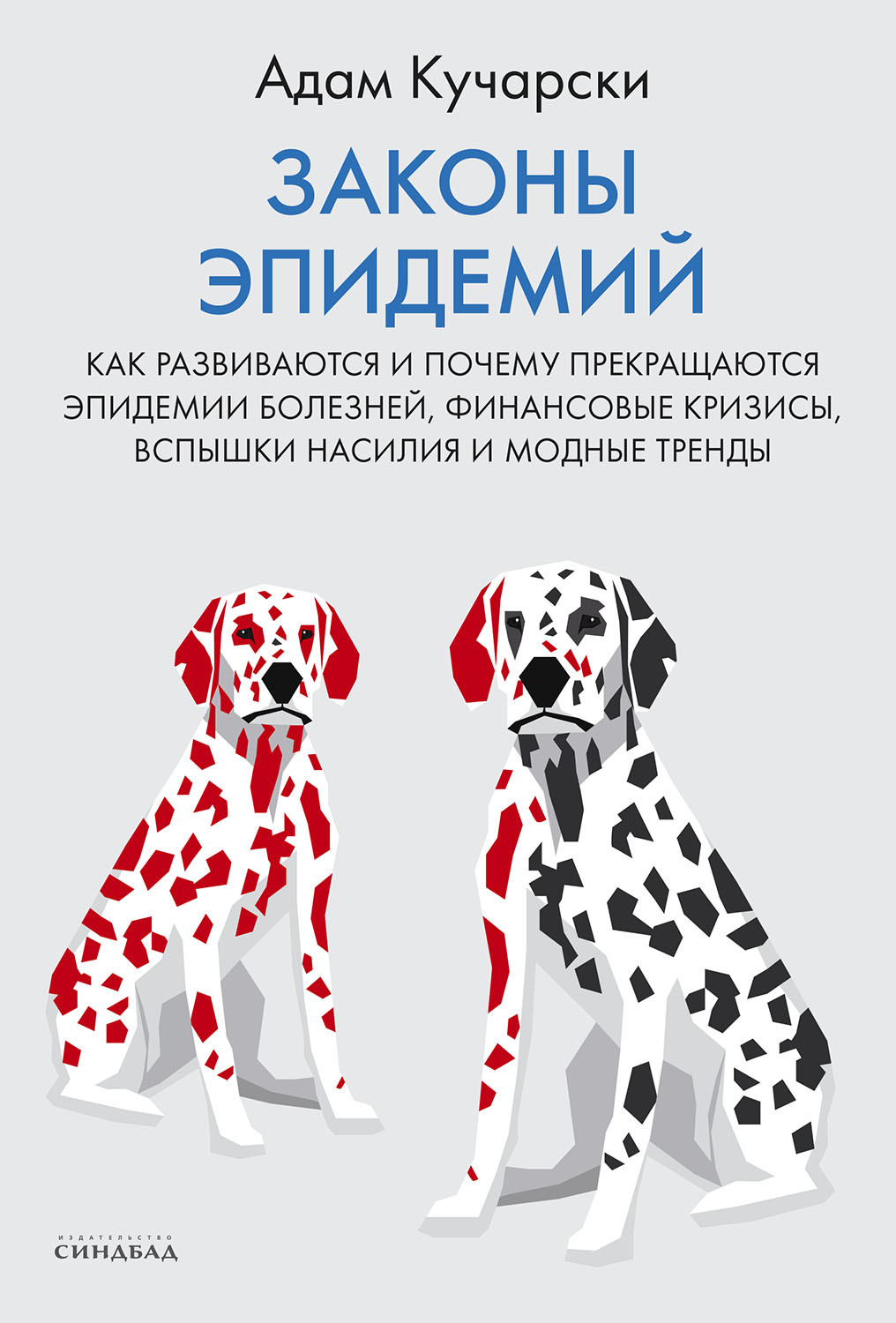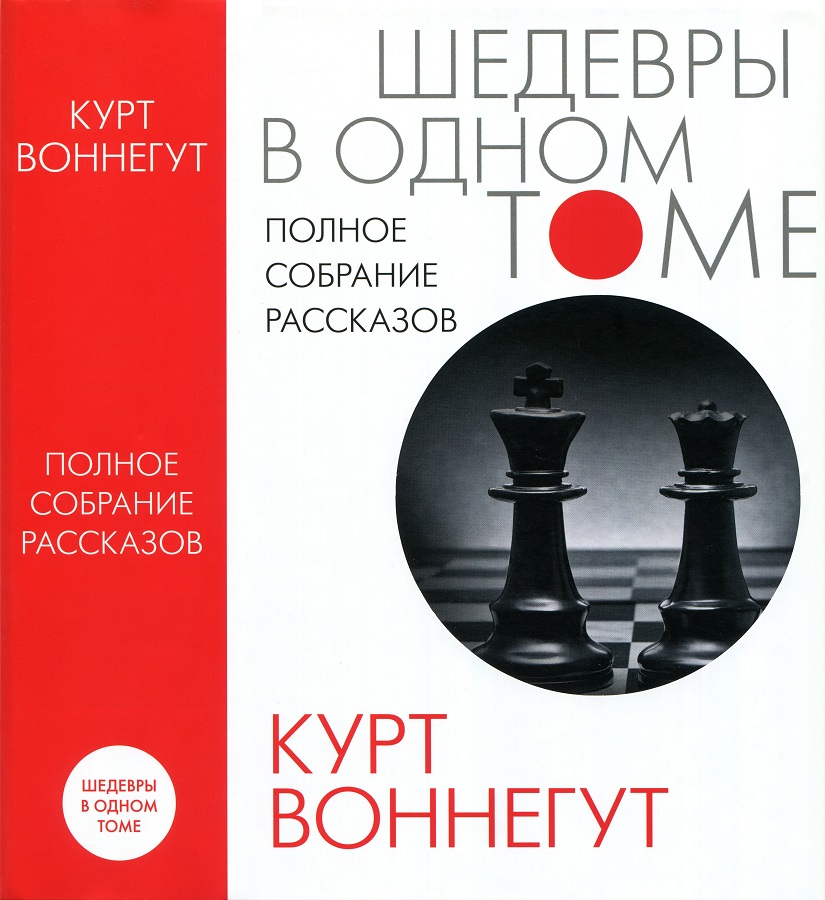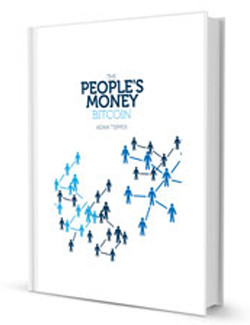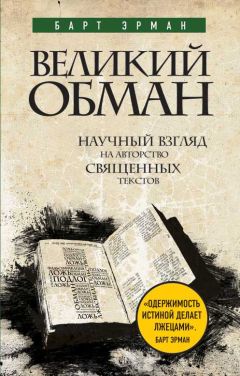id="id483">
Withers I., ‘EU banks spared ringfencing rules imposed on British lenders’, The Telegraph, 24 October 2017.
Bank for International Settlements. Statistical release: ‘OTC derivatives statistics at end-June 2018’, 31 October 2018.
Интервью автора с Барбарой Касу, сентябрь 2018 года.
Jenkins P., ‘How much of a systemic risk is clearing?’ Financial Times, 8 January 2018.
Battiston S. et al., ‘The price of complexity in financial networks’, PNAS, 2016.
Shifman M., ITEP Lectures in Particle Physics, arXiv, 1995.
Pais A.J., Robert Oppenheimer: A Life (Oxford University Press, 2007).
Goffman W. and Newill V.A., ‘Generalization of epidemic theory: An application to the transmission of ideas’, Nature, 1964. У аналогии Гоффмана есть некоторые ограничения. В частности, он утверждал, что модель SIR подходит для описания распространения слухов, но другие исследователи отмечали, что небольшие корректировки модели могут существенно изменить результаты. Например, в простой модели эпидемии мы обычно исходим из того, что люди перестают быть заразными по истечении определенного срока; это справедливо для многих болезней. Математики из Кембриджа Дэрил Дейли и Дэвид Кендалл предположили, что в модели слухов распространители не всегда «выздоравливают» естественным путем; они могут перестать распространять слух, встретив того, кто уже его слышал. Источник: Daley D.J. and Kendall D.G., ‘Epidemics and rumours’, Nature, 1964.
Шкала гениальности Ландау. http://www.eoht.info/page/Landau+genius+scale.
Khalatnikov I.M and Sykes J.B. (eds.), Landau: The Physicist and the Man: Recollections of L.D. Landau (Pergamon, 2013).
Bettencourt L.M.A. et al., ‘The power of a good idea: Quantitative modeling of the spread of ideas from epidemiological models’, Physica A, 2006.
Azouly P. et al., ‘Does Science Advance One Funeral at a Time?’, National Bureau of Economic Research working paper, 2015.
Catmull E., ‘How Pixar Fosters Collective Creativity’, Harvard Business Review, September 2008.
Grove J., ‘Francis Crick Institute: “gentle anarchy” will fire research’, THE, 2 September 2016.
Bernstein E.S. and Turban S., ‘The impact of the “open” workspace on human collaboration.’ Philosophical Transactions of the Royal Society B, 2018.
Сведения и цитаты из ‘History of the National Survey of Sexual Attitudes and Lifestyles’. Witness Seminar held by the Wellcome Trust Centre for the History of Medicine at UCL, London, on 14 December 2009.
Mercer C.H. et al., ‘Changes in sexual attitudes and lifestyles in Britain through the life course and over time: findings from the National Surveys of Sexual Attitudes and Lifestyles (Natsal)’, The Lancet, 2013.
http://www.bbc.co.uk/pandemic.
Van Hoang T. et al., ‘A systematic review of social contact surveys to inform transmission models of close contact infections’, BioRxiv, 2018.
Mossong J. et al., ‘Social Contacts and Mixing Patterns Relevant to the Spread of Infectious Diseases’, PLOS Medicine, 2008; Kucharski A.J. et al., ‘The Contribution of Social Behaviour to the Transmission of Influenza A in a Human Population’, PLOS Pathogens, 2014.
Eames K.T.D. et al., ‘Measured Dynamic Social Contact Patterns Explain the Spread of H1N1v Influenza’, PLOS Computational Biology, 2012; Eames K.T.D., ‘The influence of school holiday timing on epidemic impact’, Epidemiology and Infection, 2013; Baguelin M. et al., ‘Vaccination against pandemic influenza A/H1N1v in England: a real-time economic evaluation’, Vaccine, 2010.
Eames K.T.D., ‘The influence of school holiday timing on epidemic impact’, Epidemiology and Infection, 2013.
Eggo R.M. et al., ‘Respiratory virus transmission dynamics determine timing of asthma exacerbation peaks: Evidence from a population-level model’, PNAS, 2016.
Kucharski A.J. et al., ‘The Contribution of Social Behaviour to the Transmission of Influenza A in a Human Population’, PLOS Pathogens, 2014.
Byington C.L. et al., ‘Community Surveillance of Respiratory Viruses Among Families in the Utah Better Identification of Germs-Longitudinal Viral Epidemiology (BIG-LoVE) Study’, Clinical Infectious Diseases, 2015.
Brockmann D. and Helbing D., ‘The Hidden Geometry of Complex, Network-Driven Contagion Phenomena’, Science, 2013.
Gog J.R. et al., ‘Spatial Transmission of 2009 Pandemic Influenza in the US’, PLOS Computational Biology, 2014.
Keeling M.J. et al., ‘Individual identity and movement networks for disease metapopulations’, PNAS, 2010.
Odlyzko A., ‘The forgotten discovery of gravity models and the inefficiency of early railway networks’, 2015.
Christakis N.A. and Fowler J.H., ‘Social contagion theory: examining dynamic social networks and human behavior’, Statistics in Medicine, 2012.
Cohen-Cole E. and Fletcher J.M., ‘Detecting implausible social network effects in acne, height, and headaches: longitudinal analysis’, British Medical Journal, 2008.
Lyons R., ‘The Spread of Evidence-Poor Medicine via Flawed Social-Network Analysis’, Statistics, Politics, and Policy, 2011.
Norscia I. and Palagi E., ‘Yawn Contagion and Empathy in Homo sapiens’, PLOS ONE, 2011. Следует отметить, что, хотя ставить эксперименты с зевотой относительно легко, интерпретировать их результаты несколько сложнее. См. Kapitány R. and Nielsen M., ‘Are Yawns really Contagious? A Critique and Quantification of Yawn Contagion’, Adaptive Human Behavior and Physiology, 2017.
Norscia I. et al., ‘She more than he: gender bias supports the empathic nature





